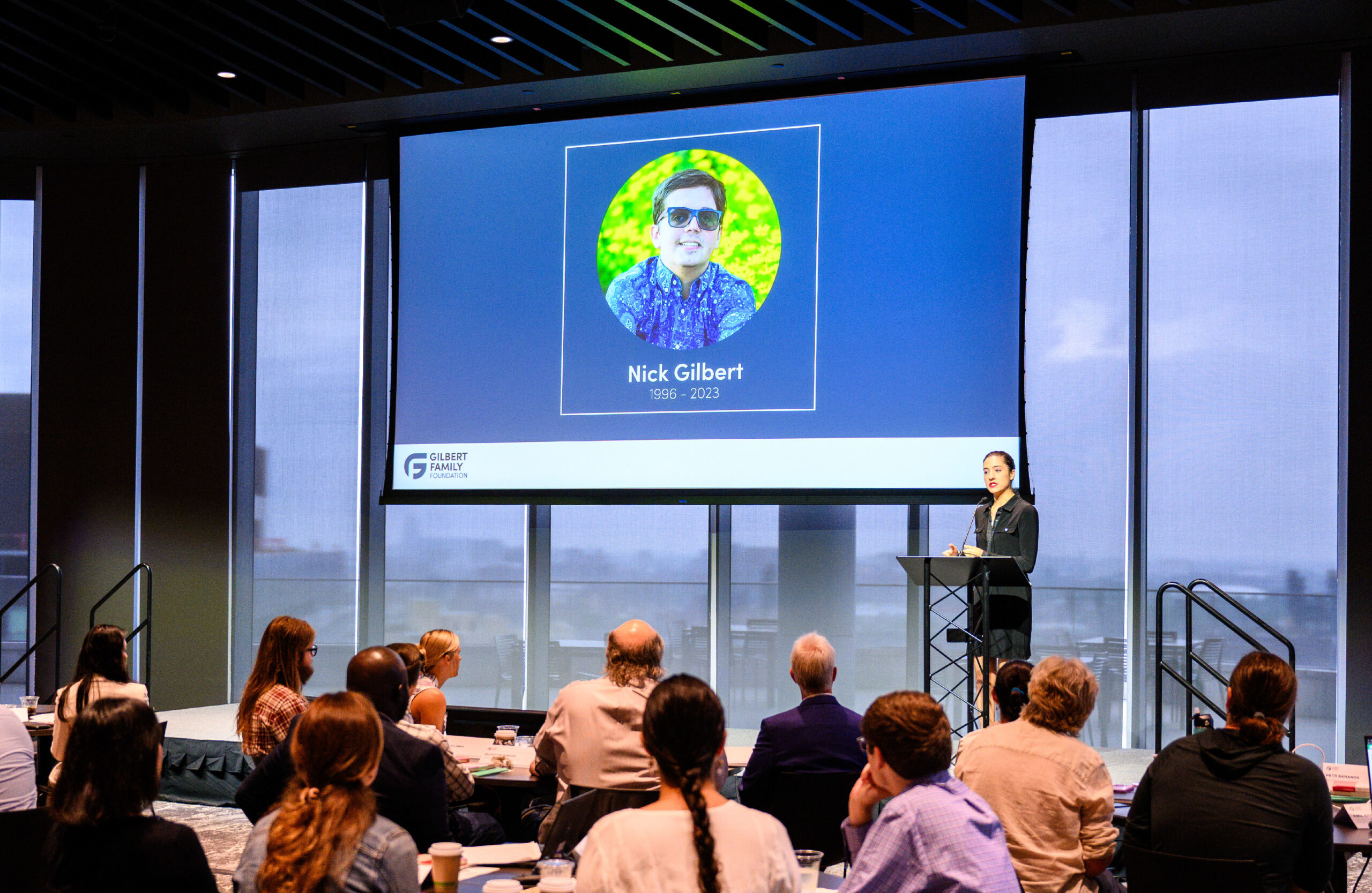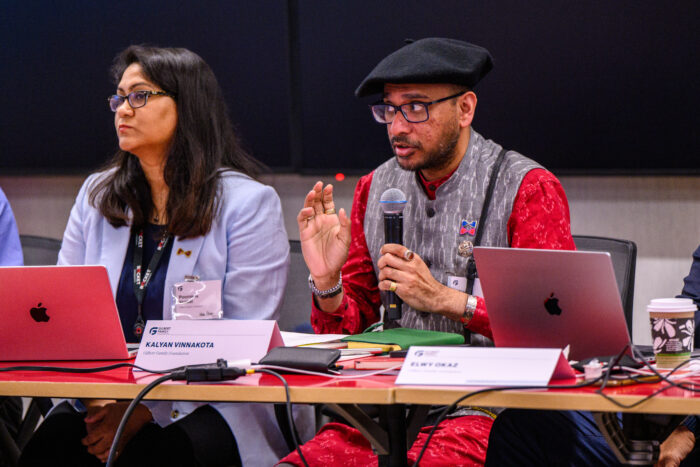Annual Curing NF Meetings Highlight Progress and New Opportunities
Curing NFBrain Tumor ResearchGene TherapyVision RestorationSep 05, 2024


In July of 2024, the Gilbert Family Foundation held its highly anticipated annual meetings for two of its cornerstone initiatives: the Vision Restoration Initiative and the Brain Tumor Initiative. These meetings were pivotal in reviewing progress, strategizing future directions, and reaffirming the our commitment to accelerating a cure for neurofibromatosis (NF).
The Vision Restoration Initiative (VRI) has made remarkable strides over the past year. The meeting was an opportunity to showcase the progress made in research and clinical observational studies aimed at addressing vision loss caused by NF. The first day of the VRI annual meeting featured 14 presentations from our ‘Dream Team’ of scientists that provided in-depth insights into the pathology of NF1-OPG associated optic nerve injury in genetically engineered mouse models. The team overcame significant technical challenges in working with these model systems and demonstrated progress in neuroprotection and cell replacement strategies for vision restoration.
On the second day, a workshop was organized to discuss what evidence must be generated at the preclinical stage to drive clinical trials. This discussion sets the foundation for the VRI’s ultimate goal of bringing novel vision protection and restoration therapies to NF1 patients. The VRI has strengthened collaborations with leading ophthalmology research institutions. These partnerships are crucial in accelerating the translation of research findings into practical treatments and interventions.
“In addition to all of the exciting research findings, a key feature of this year’s meeting was the clearly visible synergy between clinical and basic science researchers towards VRI’s mission, which was several years in the making,” said Dr. Kalyan Vinnakota, Director of Curing NF at the Gilbert Family Foundation.

At this year’s inaugural Brain Tumor Initiative (BTI) annual meeting, 40 participants attended the scientific sessions, an interactive workshop and a townhall on the Nick Gilbert Neurofibromatosis Research Institute (NGNRI). Dr. Ivan Baines presented the vision and mission of NGNRI and the planned infrastructure and operating model for the institute. There was a lot of enthusiasm and discussions around how this would be a resource for the NF1 research community.
During the interactive workshop session, researchers and clinicians shared their perspectives, discussed workflows and logistics, community engagement, research questions to be pursued, as well as challenges and opportunities of a NF1 autopsy program. On day two of the meeting, we introduced BTI’s new scientific advisory board and featured nine scientific presentations. Preliminary insights were shared from the ongoing retrospective study of clinical features and treatment outcomes for NF1-associated high grade gliomas in children and adults, and progress is being made across the consortia to develop robust preclinical models for NF1- associated HGAPs (High-grade astrocytoma with piloid features) and high-grade gliomas. Later, our partners at Sage Bionetworks presented the future plans for the NF Open Science Initiative.
“It was exciting to witness the BTI investigators come together in person and share research updates,” said Dr. Poornima Venkat, Scientific Program Manager who leads the Gilbert Family Foundation’s Brain Tumor Initiative. ““There has been significant progress in understanding the clinical outcomes and in developing preclinical models for NF1-associated HGAPs and high-grade gliomas, and the discussions around these advancements were outstanding.”

The Gilbert Family Foundation’s 2024 annual meetings highlighted the significant strides made in the fight against neurofibromatosis. Both the Vision Restoration Initiative and the Brain Tumor Initiative are advancing towards their goals with renewed excitement and innovative strategies. We remain dedicated in our mission to accelerate a cure and create viable treatment options to improve the lives of those affected.
With ongoing research, dedicated partnerships, and a patient-centered approach, the future holds great promise for groundbreaking treatments and, ultimately, a cure for neurofibromatosis.